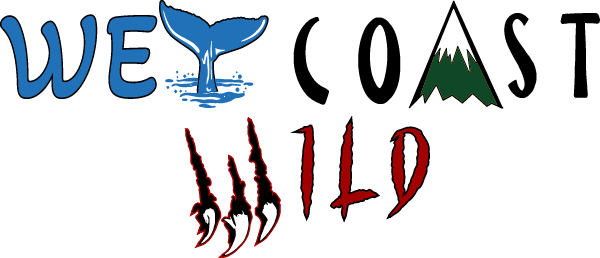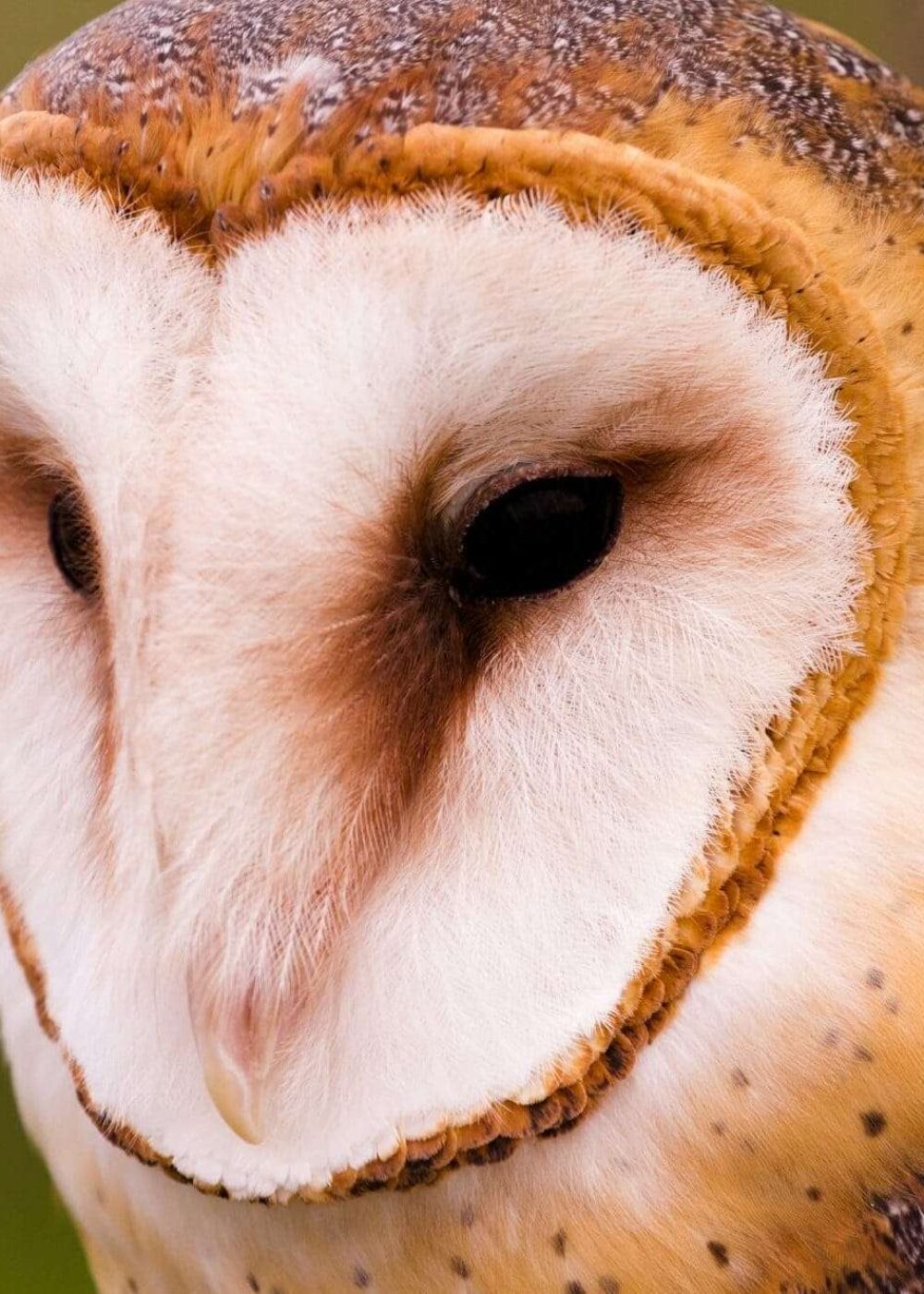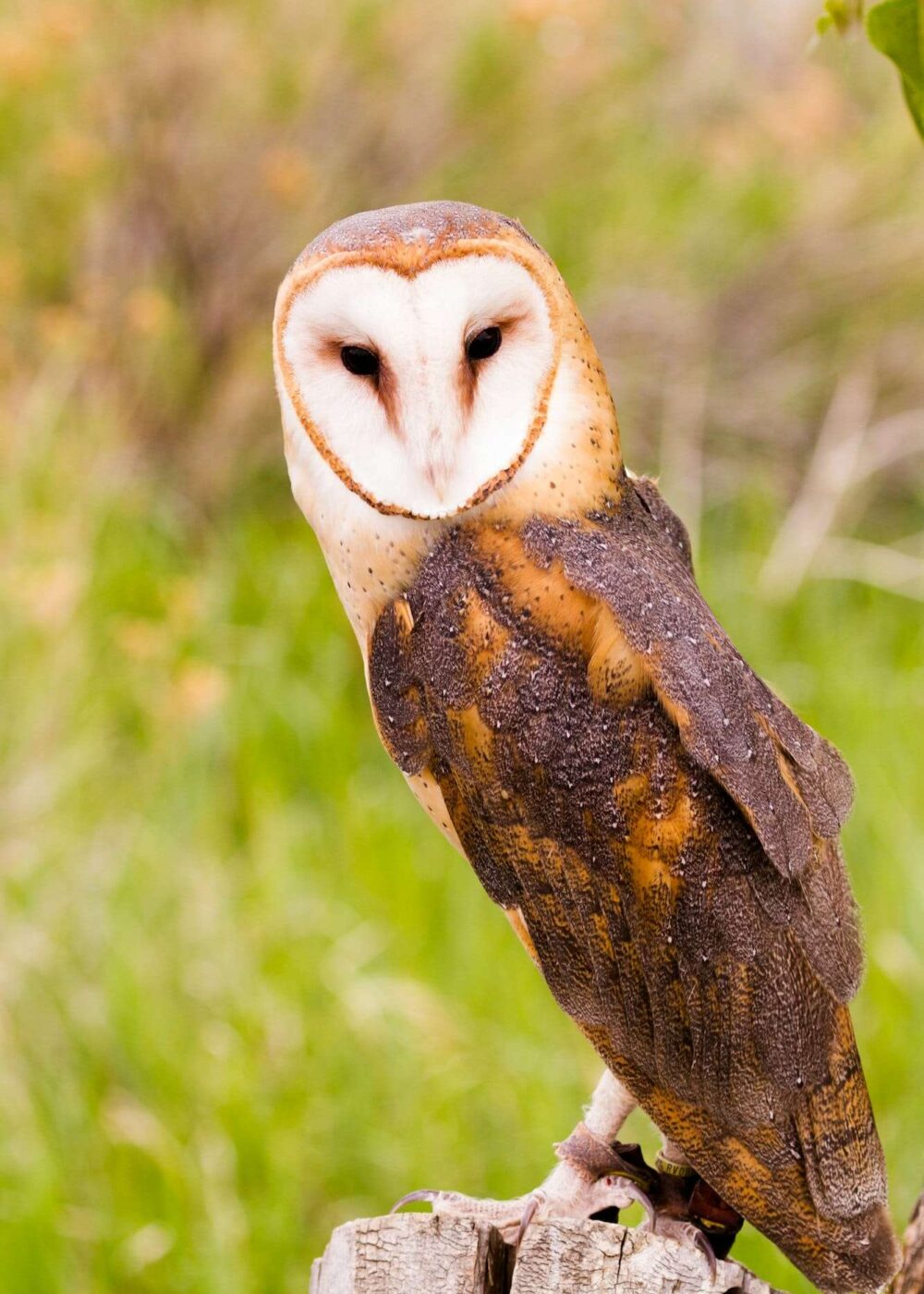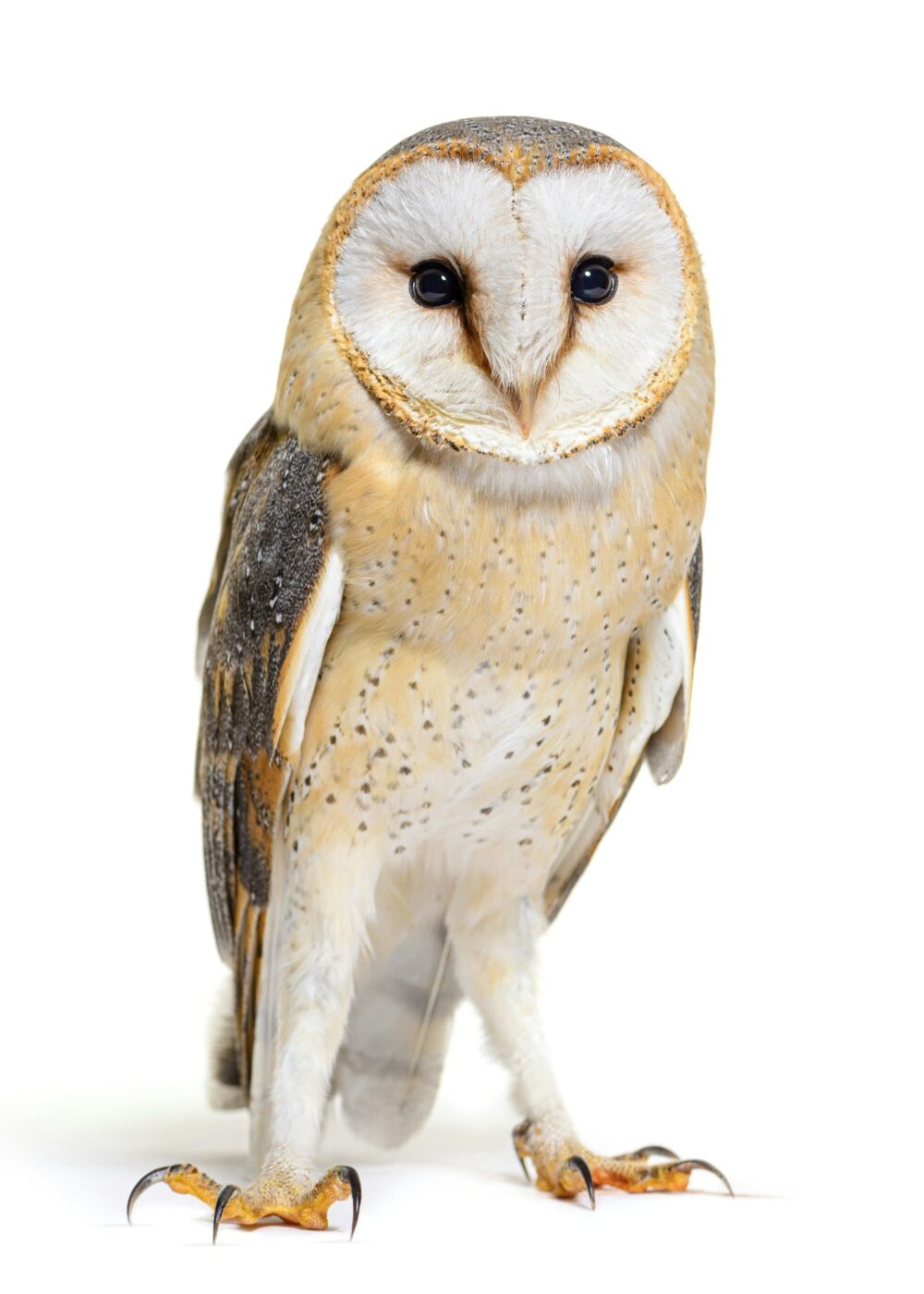In addition to their intriguing mating and nesting practices, barn owls on Vancouver Island also exhibit a fascinating array of vocalizations and forms of communication, further highlighting their complex behavioral traits.
These nocturnal creatures use a variety of sounds to convey different messages:
- Screeches: A high-pitched, lengthy cry often used during hunting or as a form of defense.
- Hisses: A defensive sound, typically used when the owl feels threatened.
- Snoring: A low, rumbling noise made by chicks to signal hunger.
- Chirrups: Rapid, soft vocalizations generally used by males delivering food or by a female’s readiness to feed her young.
These distinct vocalizations reflect the barn owls’ sophisticated communication system, signifying their adaptability and intelligence, key to their survival.
Diet and Feeding Patterns
Although primarily nocturnal hunters, Barn Owls on Vancouver Island exhibit unique feeding patterns and thrive on a diet that largely consists of small mammals. Their diet is mainly made up of voles, shrews, and mice, which they catch using their excellent night vision and acute hearing.
Interestingly, these owls swallow their prey whole and later regurgitate the indigestible parts, such as bones and fur, in the form of pellets. Studying these pellets provides invaluable insights into the owl’s diet and the local small mammal population.
Moreover, they have a significant role in controlling pests, thus contributing to maintaining the ecological balance. In periods of scarce prey, they may also consume small birds, bats, amphibians, reptiles, and insects, showcasing their dietary adaptability.
Reproduction Process of Barn Owls
Shifting focus from their dietary habits, we delve into the intriguing reproduction process of the American Barn Owls. The cycle usually starts when the male courts the female by presenting food and performing acrobatic flights.
- Pair Formation: Typically, Barn Owls are monogamous, forming pairs that last for a lifetime. The courtship involves intricate rituals including aerial displays and prey offerings by the male.
- Nesting: The female selects her nesting site, often in a hollow tree or old buildings.
- Egg Laying: A female can lay from 2 to 18 eggs, but 6 is more common, which are incubated for about 30 days exclusively by her while the male provides food.
- Fledging: After 50-70 days, the young owls, known as fledglings, leave the nest and start their solitary life.
This cyclical process of reproduction ensures the Barn Owl species continues to thrive.
Longevity and Mortality in Barn Owls
Barn Owls, renowned for their nocturnal prowess, exhibit an average lifespan of 1-2 years in the wild, a figure influenced by several factors ranging from predation to starvation. Notwithstanding these challenges, a few select Barn Owls have been known to survive up to 20 years in specific environments, a testament to their resilience.
Predation by larger raptors and mammals, as well as vehicular strikes, are the common contributors to early mortality. Starvation, particularly during harsh winters, also poses significant threats. Moreover, rodenticides ingested by their prey often lead to secondary poisoning.
It is through understanding these intricate influences on Barn Owl longevity and mortality that we can better navigate conservational efforts for this emblematic species on Vancouver Island.
Human-Barn Owl Interactions and Cultural Significance
Vancouver Island’s residents have long held a deep fascination with the Barn Owl, a creature steeped in cultural significance and history. Over the years, these nocturnal birds have become a symbol of wisdom and mystery, and their interactions with humans have been a source of both intrigue and education.
- Cultural Significance: Indigenous cultures view the Barn Owl as a spiritual guide, often appearing in stories and legends representing wisdom.
- Environmental Education: Barn Owls, being selective predators, are used as indicators of environmental health, promoting awareness and conservation efforts.
- Pest Control: Farmers appreciate their natural rodent control abilities, reducing the reliance on harmful pesticides.
Wildlife Rehabilitation: Injured or orphaned Barn Owls are cared for by local rehabilitation centers, fostering a connection between humans and these captivating creatures.



